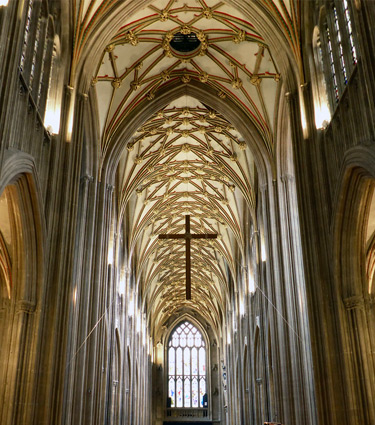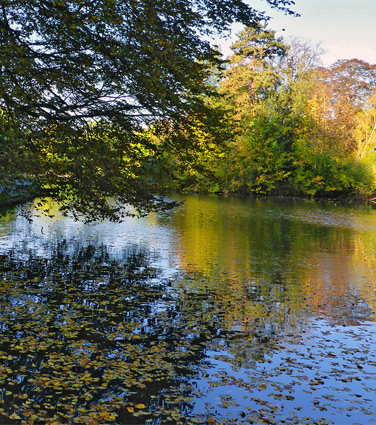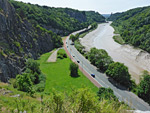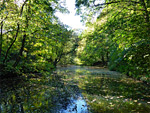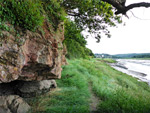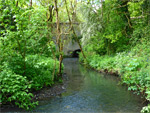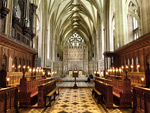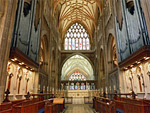The unitary authority of Bristol contains the city center and most of the northern suburbs, as far as Eastville and Westbury-on-Trym; the area beyond is part of (South) Gloucestershire, while to the south the city is bordered by Somerset, with the western River Avon forming part of the boundary, as far as Hotwells. By far the most spectacular natural landscape feature is the Avon Gorge, where the river flows between limestone cliffs up to 300 feet high, but also of note are the secluded, tree-lined corridor of the River Frome, and the woods and meadows of Blaise Castle Estate.
The best of the many religious buildings are Bristol Cathedral and St Mary Redcliffe Church. There are no major ancient ruins; the city once had a fine Norman castle but this was largely destroyed in 1656, and very few traces remain today.
The best of the many religious buildings are Bristol Cathedral and St Mary Redcliffe Church. There are no major ancient ruins; the city once had a fine Norman castle but this was largely destroyed in 1656, and very few traces remain today.
LandscapesAvon Gorge Spectacular ravine along the River Avon, between limestone cliffs up to 300 feet high. A noted wildflower location Rating: ★★★★★ |
| Frome Valley Walkway Southern section of a path along the valley of the River Frome, here mostly thickly wooded and steep-sided - from Eastville Park to Hambrook Rating: ★★★★★ |
| Horseshoe Bend, Shirehampton 270 degree bend along the River Avon, a Site of Special Scientific Interest because of several rare plant species; comprises woodland, cliffs and saltmarsh Rating: ★★★★★ | Willsbridge Valley Secluded, wooded valley centred on Siston Brook, a River Avon tributary; varied habitats, and industrial relics Rating: ★★★★★ |
Religious BuildingsBristol Cathedral A former abbey, which became a cathedral in 1542, and is designed mostly in the Decorated Gothic style, with components from the 12th to 19th centuries Rating: ★★★★★ |
| St Mary Redcliffe Beautiful parish church near the River Avon, built in the Gothic style mostly in the 13th and 14th centuries Rating: ★★★★★ |

